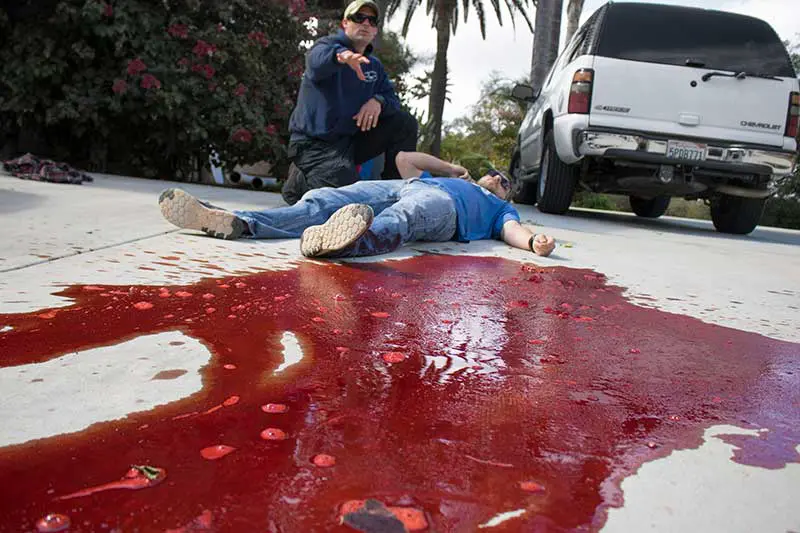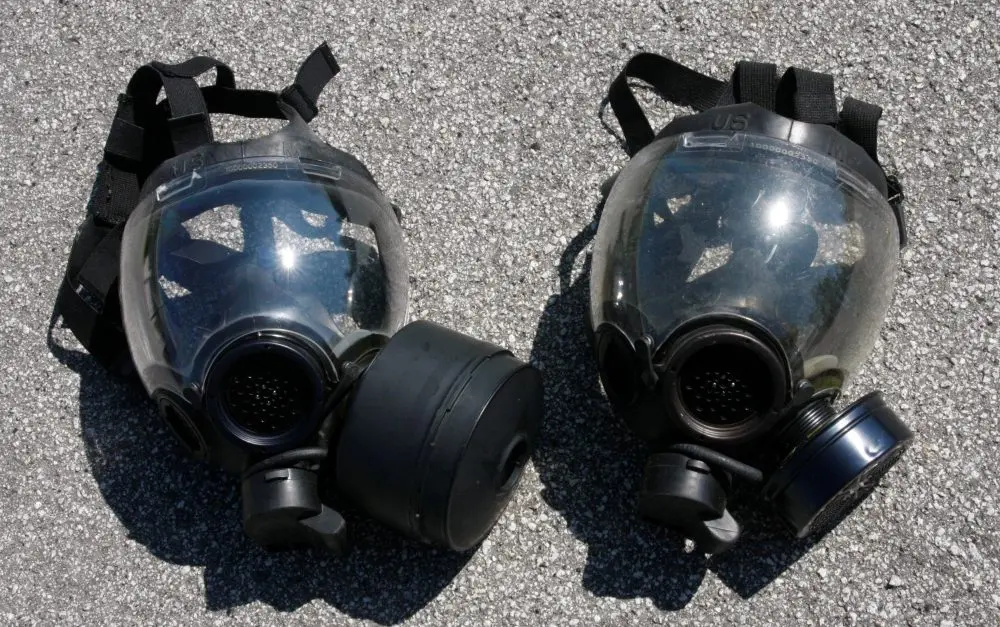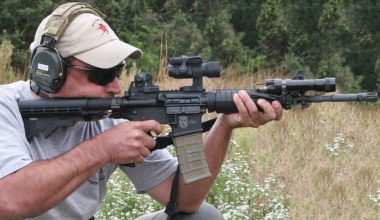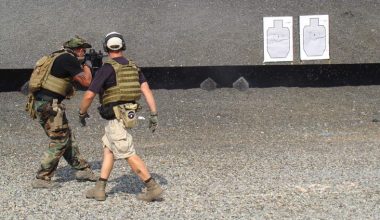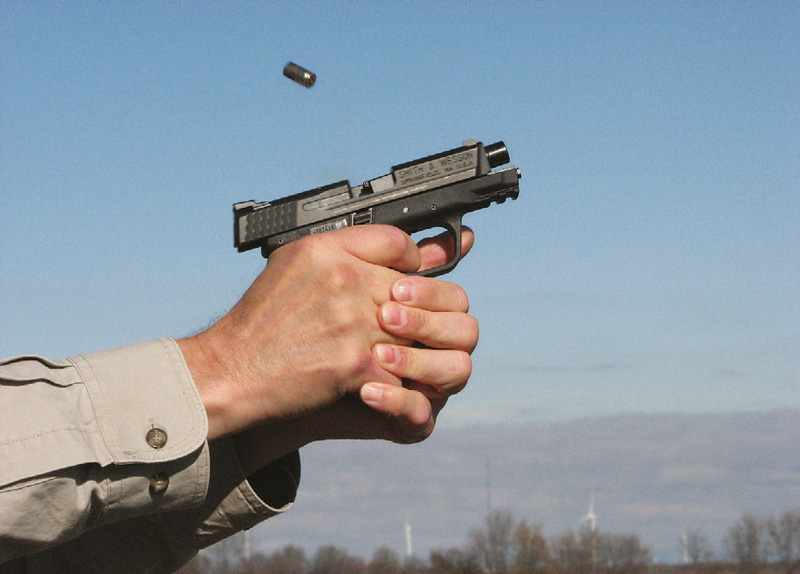
A hands-on armorer’s course allows the officer to cut through the sales hype or myth and to fully understand the true functions and capabilities of the pistol.
Attending an armorer’s course is one of the “best practices” when considering any change in duty weapon. At least one member of the weapon selection/approval committee should attend this one-day training for the pistol that the department is serious about purchasing.
Armorer training also gives the department at least one officer who knows the correct terms for the various parts of the gun. It will also help in troubleshooting problems on the range. That person will also be able to accurately describe stoppages.
Since armorer’s courses are completely hands-on, classes are usually limited to about 30 people.
Table of Contents
LEVEL III COURSE
The S&W M&P Pistol Armorer’s Course Level III that I attended was taught by two Smith & Wesson regional sales managers, both of whom have extensive law enforcement and/or military experience. This course covers most of the M&P fullsize, mid-size, and compact pistols, i.e., most variations of the M&P9, M&P40, and M&P45. There are a few exceptions.
The Pro Series, C.O.R.E., and other Performance Center pistols were not included in this police-oriented course. While nearly all the parts and functions are identical to the standard versions, they are still different.
This armorer’s course did not cover the smaller M&P Shield and M&P Bodyguard. But the instructors did answer all questions raised about these two back-up pistols.
M&P9 AND M&P40
Two different auto pistols were used in the class, the M&P9 with magazine disconnector and the M&P40 without magazine disconnector. The sear housing block for each weapon is different due to the magazine disconnector. Half of the class had the M&P9, while the other half had the M&P40.
The takedown process starts with pushing the yellow sear deactivation lever down 45 degrees in the frame until it stops. Then the takedown lever is rotated 90 degrees clockwise and the slide removed.
The fieldstripped M&P pistol includes the slide assembly, barrel, recoil spring assembly, and receiver/frame. The M&P pistol comes with three different backstrap grips, which fit 95% of the adult population. The frame tool to change the grip panel is at the bottom of the frame—just twist and pull. Only certified M&P armorers are permitted to disassemble the pistol beyond this point.
Areas to oil—and never oil—were clearly pointed out. Never put oil in the magazine tube. Never put oil in the slide’s striker channel.
The critical places to oil, with just one drop of oil, include the slide rails, barrel and hood, trigger bar, and the “candy cane” near the sear.
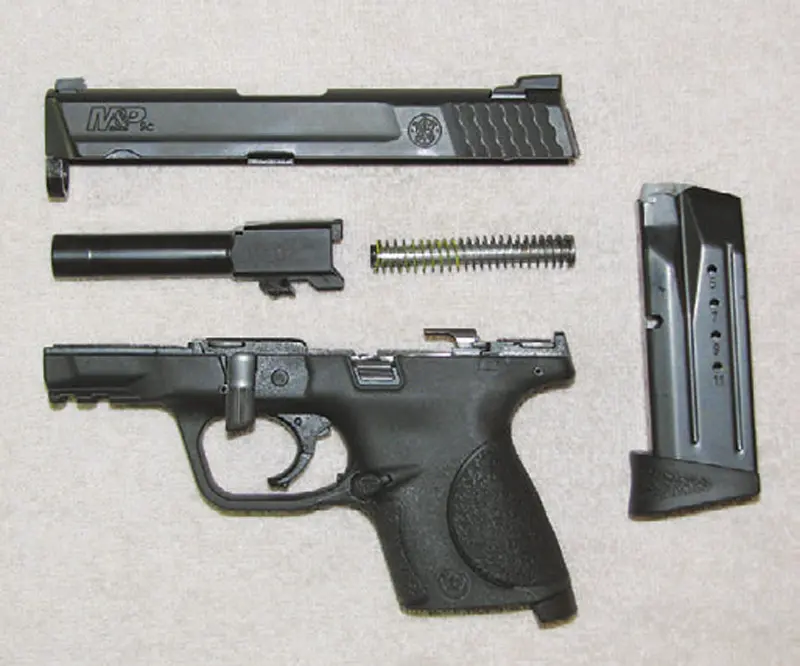
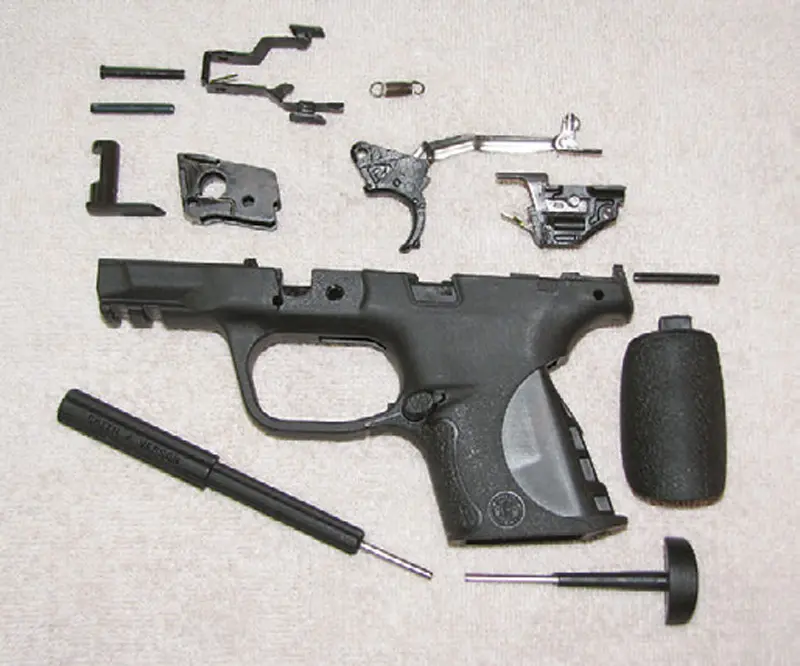
SAFETIES
M&P pistols have several safeties: trigger safety, striker safety, slide in full battery, optional magazine disconnector safety, optional manual thumb safety, and optional internal key lock.
From the field-stripped condition, all the different parts of the M&P pistol were covered one at a time. The different color codes on the recoil spring were identified. The green 18-pound spring is used in the .40 S&W and .357 SIG, the blue 16-pound spring is used in the 9mm, and the orange 16-pound spring is used with the .45 ACP.
Sight removal and adjustment and mag disassembly and cleaning were also covered.
Of course, all major sub-assemblies were removed: striker, extractor, sear housing block, trigger bar assembly, slide stop assembly, and locking block and interchangeable backstraps.
The M&P pistol has 32 parts in all: five in the magazine, 11 in the slide and 16 in the frame. The I-beam profile, metal injection molded (MIM) extractor is especially impressive. With the state-of-the-art MIM striker (firing pin), it is safe to dry fire the M&P pistols.
MAINTENANCE SCHEDULE
None of the S&W M&P parts need custom fitting, filing, or machining. But some are held in place with roll pins that need to be gently pounded into the frame. The disassembly and reassembly of the 14-piece sear housing block is especially memorable. It is not normally necessary to disassemble the sear housing block for routine maintenance.
The S&W M&P pistol should be fully disassembled and inspected once a year by a certified armorer. It is a “best practice” to use new roll pins every time the M&P pistol is reassembled.
All springs and pins in the entire firearm should be replaced every five years or 5,000 rounds, whichever comes first. The kit costs about $40.
The eight-hour class included a detailed troubleshooting and maintenance review, and concluded with a written test and a hands-on practical test.
TESTING AND CERTIFICATION
After completely disassembling every single pin, spring, and part, the armorer had to completely re-assemble the pistol under a time limit. In addition to passing a written test, and successful disassembly and reassembly of the M&P pistol, the armorer had to perform all the required safety and function checks.
Successful completion of this Armorer’s Course is a Level III certification. Level I is a general familiarization. Level II is a retail sporting goods orientation. Level III is law enforcement armorer.
The S&W Armorer’s Course is good for three years. Take-home materials included a detailed M&P pistol inspection form and 66-page Armorer’s Manual.

